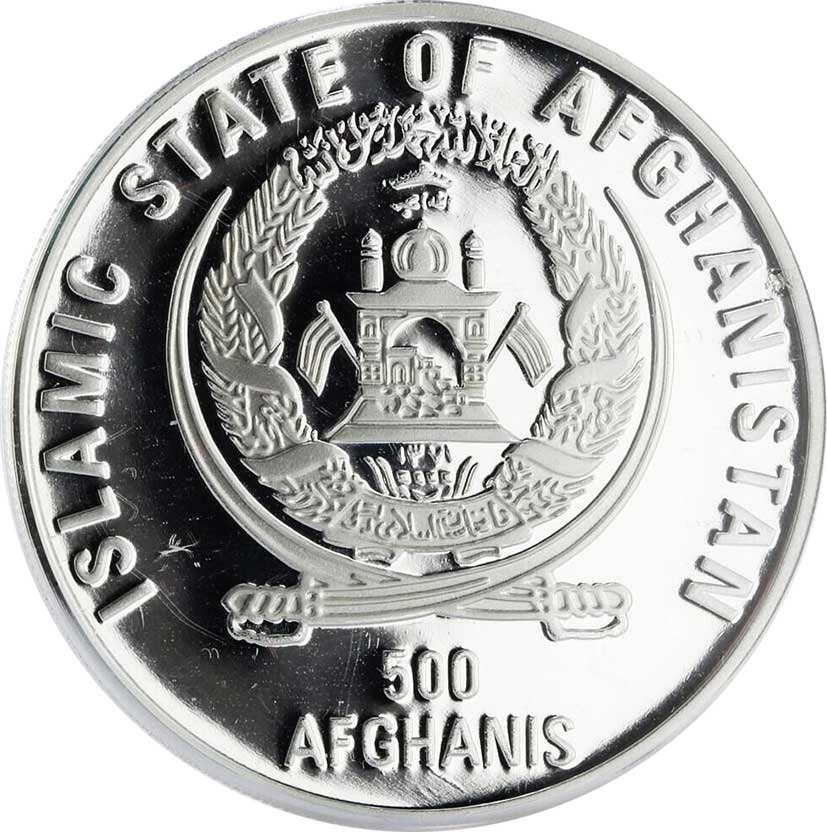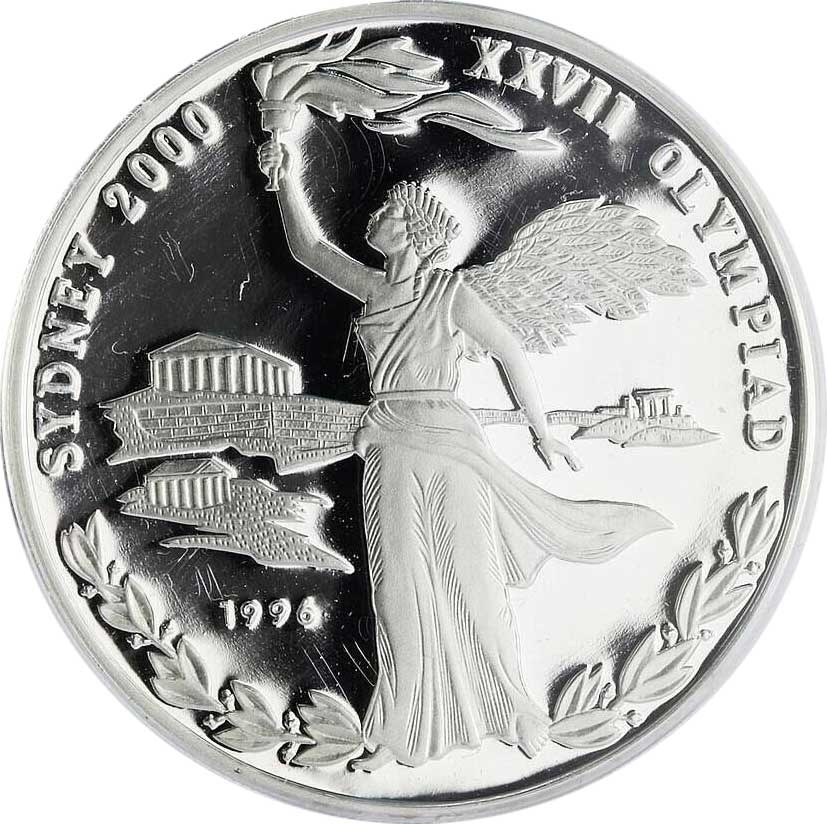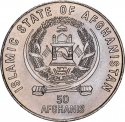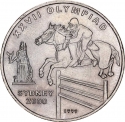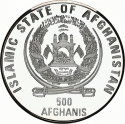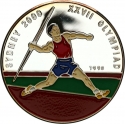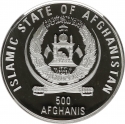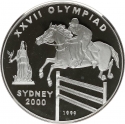You are about to finish your registration. Please check your mailbox (including spam folder). There should be a letter with a confirmation link. Check setting to make sure that your e-mail address is correct.
Send letter againDescription
The 2000 Summer Olympics, also known as Sydney 2000 or the Millennium Olympic Games, took place from September 15 to October 1, 2000, in Sydney, Australia. It was the second time Australia hosted the Summer Olympics and the first in the Southern Hemisphere since Melbourne in 1956.
Sydney won the bid to host the 2000 Games in 1993. Teams from 199 countries participated, competing in over 300 events. The United States led the medal tally, followed by Russia and China, with Australia in fourth place. Several countries, including Cameroon and Colombia, won their first gold medals, while others like Barbados and Saudi Arabia won their first-ever Olympic medals.
Sydney's organization, volunteers, and sportsmanship received universal praise from the international media. The Times called it "one of the most successful events on the world stage," and the Electronic Telegraph hailed it as a benchmark for future Olympics. The success of the Sydney Games influenced London's bid for the 2012 Olympics, with Lord Coe citing them as a benchmark for the spirit of the Games.
The Islamic State of Afghanistan was established by the Peshawar Accords on April 26, 1992, with the participation of many Afghan mujahideen parties after the fall of the socialist government. However, its power was limited due to the country's second civil war, which the Taliban won, capturing Kabul in 1996. Consequently, the Islamic State became a government in exile and led the anti-Taliban Northern Alliance. It remained the internationally recognized government of Afghanistan at the United Nations until 2001. After the overthrow of the first Taliban government, the Transitional Islamic State of Afghanistan was created, and an Afghan Interim Administration took control with US and NATO assistance. This transitional state later became the Islamic Republic, which lasted until the Taliban regained power in 2021 following a prolonged insurgency.
Obverse

|
Depicts the coat of arms of the Islamic State of Afghanistan within two crossed swords the country name above and the denomination below in English. ISLAMIC STATE OF AFGHANISTAN |
|---|---|
Reverse

|
Depicts a winged Athena bearing a torch, in front of Valley of the Temples and Parthenon. An inscription is placed above, with the city and date below. XXVII OLYMPIC GAME |
| Edge |
